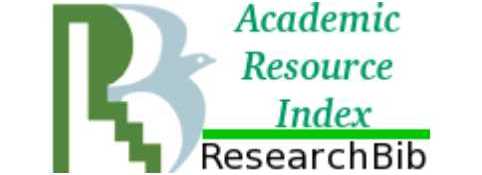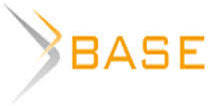Project-oriented technology as a means of developing students' axiological potential in the digital educational environment
of a technical university
Introduction. Project activity is a necessary type of purposeful activity of students on the way to personal and professional development and training of technical university graduates in demand in the profession. The search for new ways and stages of project activities implementation in higher education institution draws attention to the development of students' axiological potential taking into account digital educational environment of technical higher education institution. The goal is to develop and describe the implementation of project technology for development of students' axiological potential in digital educational environment of a technical university on the basis of a stage-by-stage approach. Methodology and methods: axiological, polysubjective, discursive-medium, project and stage approaches; analysis of scientific, pedagogical and psycho-pedagogical literature on the research problem, summary of pedagogical experience of the author in a technical university, which allowed developing a scientific-methodical complex, including the working program of “Project activity” discipline, electronic educational resource, teaching aid, monograph, scientific publications. Results. Procedurally, the implementation of the project technology is represented by the following stages: preparatory (modeling and designing of digital educational environment of a technical university, according to the model of students' axiological potential development, including a set of pedagogical conditions, technological preparation - filling the digital educational environment with the appropriate content); main (students' project activities, developing axiological potential); final (comparative analysis of the results of pedagogical methods application); main (a set of teaching methods and methodological aids, which are used to develop students' axiological potential).

















While nobody left any comments to this publication.
You can be first.
The author would like to acknowledge and thank the reviewers and the university where the research was conducted.